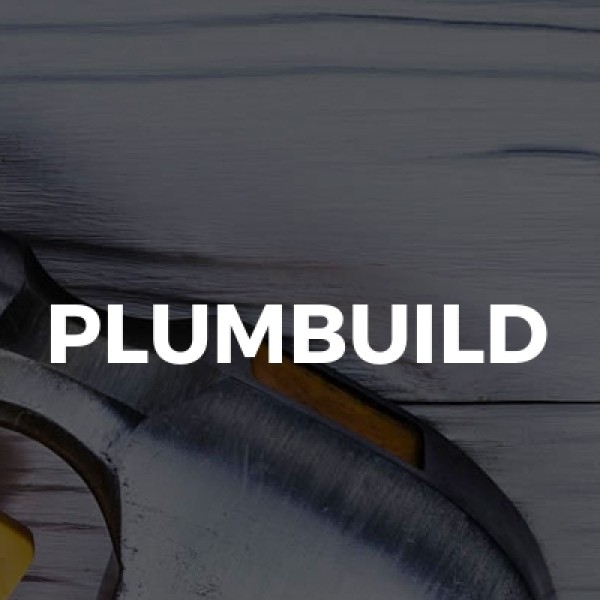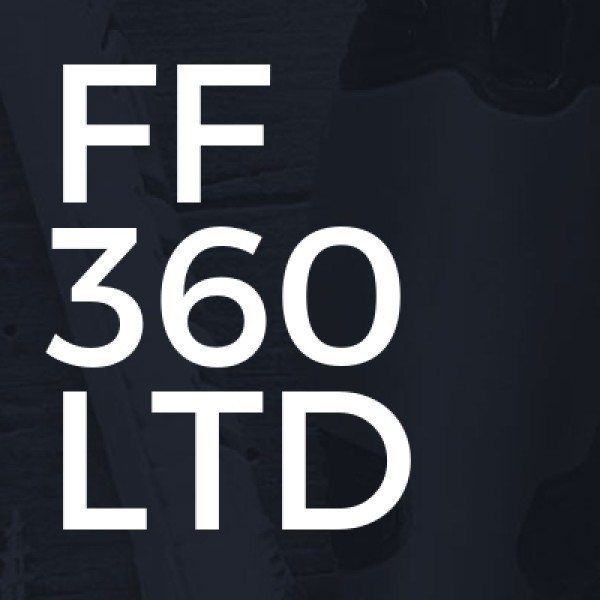Drainage in Willesden
Welcome to Plumbuild, your go-to solution for all plumbing and property maintenance needs in South Croydon an... read more »
Welcome to Metropolitan Gas Company, your go-to experts for all things plumbing and heating in North Cheam and the wider Sutton, London a... read more »
Welcome to Superplumb Ltd, your premier choice for plumbing services in the charming Welsh Harp area, proudly s... read more »
Secta Building Services is your go-to expert for renovations, boiler and heating engineers, kitchen fitters, bathroom fi... read more »
Welcome to FF 360 LTD, your trusted partner for all your construction and demolition needs in Barking and Dagenham, London. As a leading... read more »
Welcome to DrainAway LTD, your go-to experts for drainage services in Hounslow, London. Nestled in East Bedfont, our family-ru... read more »
Welcome to Allerco Plumbing and Heating, your trusted... read more »
Welcome to Instaflame Property Services Ltd, your go-... read more »
Walton Home Improvements: Your Go-To Tradespe... read more »
Reef Groundworks & Civils is your go... read more »
Drainage And Groundworks Ltd is your... read more »
Welcome t... read more »
Welcome t... read more »
Welcome to Substructure Building Contractors, your pr... read more »
Welcome to Ace Drives and Drains, your trusted expert... read more »
Welcome to Direct Drains, your go-to experts for drai... read more »
UK Drains Limited is a premier drain... read more »
Two Brothers: Your Trusted Tradespeople in Le... read more »
Welcome to Accelerated Drain Services Ltd, your trust... read more »
Search Drainage in places nearby
Understanding Drainage in Willesden
Willesden, a vibrant area in North West London, is known for its rich history and diverse community. However, like many urban areas, it faces challenges with drainage systems. Understanding the intricacies of drainage in Willesden is crucial for residents, businesses, and local authorities to ensure effective water management and prevent flooding.
The Importance of Drainage Systems
Drainage systems are vital for managing water flow, especially in densely populated areas like Willesden. They help prevent flooding, protect properties, and maintain public health by directing rainwater and wastewater away from streets and homes. A well-maintained drainage system is essential for the community's safety and well-being.
Components of a Drainage System
- Surface Water Drains: These collect rainwater from roads and pavements, directing it to larger drainage networks.
- Sewer Systems: These carry wastewater from homes and businesses to treatment facilities.
- Gullies: Small openings that allow water to enter the drainage system from the surface.
- Manholes: Access points for maintenance and inspection of underground drainage systems.
Challenges Facing Drainage in Willesden
Willesden's drainage systems face several challenges, including aging infrastructure, increased urbanisation, and climate change. These factors contribute to the risk of flooding and require proactive management and investment.
Aging Infrastructure
Many of Willesden's drainage systems were installed decades ago and are now showing signs of wear and tear. Cracks, blockages, and collapses are common issues that can lead to inefficient water flow and increased flood risk.
Urbanisation and Its Impact
As Willesden continues to grow, more buildings and roads are constructed, reducing the amount of permeable land available to absorb rainwater. This increases the burden on existing drainage systems, which may struggle to cope with the additional water volume.
Climate Change and Extreme Weather
Climate change has led to more frequent and intense rainfall events, putting additional pressure on drainage systems. Willesden must adapt to these changes to prevent flooding and protect its residents.
Innovative Solutions for Drainage Improvement
To address these challenges, Willesden is exploring innovative solutions to improve its drainage systems. These include green infrastructure, smart technology, and community engagement.
Green Infrastructure
Green infrastructure, such as rain gardens, green roofs, and permeable pavements, can help manage rainwater more effectively. These solutions allow water to be absorbed naturally, reducing the burden on traditional drainage systems.
Smart Technology
Smart technology, including sensors and data analytics, can help monitor drainage systems in real-time. This allows for early detection of blockages and other issues, enabling prompt maintenance and reducing the risk of flooding.
Community Engagement
Engaging the community in drainage management can lead to more effective solutions. Residents can be encouraged to report drainage issues, participate in clean-up events, and adopt water-saving practices to reduce pressure on the system.
Maintaining Drainage Systems in Willesden
Regular maintenance is crucial for ensuring the efficiency and longevity of drainage systems in Willesden. This involves routine inspections, cleaning, and repairs to prevent blockages and other issues.
Inspection and Cleaning
Regular inspections help identify potential problems before they become serious. Cleaning drains and sewers removes debris and prevents blockages, ensuring smooth water flow.
Repair and Replacement
Damaged or outdated components of the drainage system should be repaired or replaced promptly. This includes fixing cracks, replacing collapsed pipes, and upgrading infrastructure to meet modern standards.
The Role of Local Authorities
Local authorities play a crucial role in managing drainage systems in Willesden. They are responsible for planning, funding, and implementing drainage projects to protect the community from flooding.
Planning and Investment
Effective planning and investment are essential for maintaining and improving drainage systems. Local authorities must allocate resources to upgrade infrastructure, implement innovative solutions, and ensure regular maintenance.
Collaboration with Stakeholders
Collaboration with stakeholders, including residents, businesses, and environmental organisations, can lead to more effective drainage management. By working together, stakeholders can share knowledge, resources, and expertise to address drainage challenges.
Future Prospects for Drainage in Willesden
Looking ahead, Willesden's drainage systems must continue to evolve to meet the challenges of urbanisation and climate change. By embracing innovative solutions and engaging the community, Willesden can build a resilient and sustainable drainage system for the future.
Adapting to Climate Change
Adapting to climate change is crucial for the future of drainage in Willesden. This involves implementing strategies to manage increased rainfall and prevent flooding, such as enhancing green infrastructure and upgrading drainage systems.
Promoting Sustainable Practices
Promoting sustainable practices among residents and businesses can help reduce the burden on drainage systems. This includes water conservation, proper waste disposal, and the use of permeable materials in construction projects.
Frequently Asked Questions
What causes drainage problems in Willesden?
Drainage problems in Willesden are often caused by aging infrastructure, increased urbanisation, and climate change, leading to blockages and flooding.
How can residents help improve drainage in Willesden?
Residents can help by reporting drainage issues, participating in community clean-up events, and adopting water-saving practices to reduce pressure on the system.
What is green infrastructure?
Green infrastructure includes solutions like rain gardens, green roofs, and permeable pavements that manage rainwater naturally, reducing the burden on traditional drainage systems.
Why is regular maintenance important for drainage systems?
Regular maintenance prevents blockages and other issues, ensuring efficient water flow and reducing the risk of flooding.
How does climate change affect drainage in Willesden?
Climate change leads to more frequent and intense rainfall, putting additional pressure on drainage systems and increasing the risk of flooding.
What role do local authorities play in drainage management?
Local authorities are responsible for planning, funding, and implementing drainage projects to protect the community from flooding and ensure efficient water management.
Send a message










